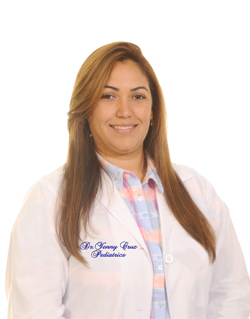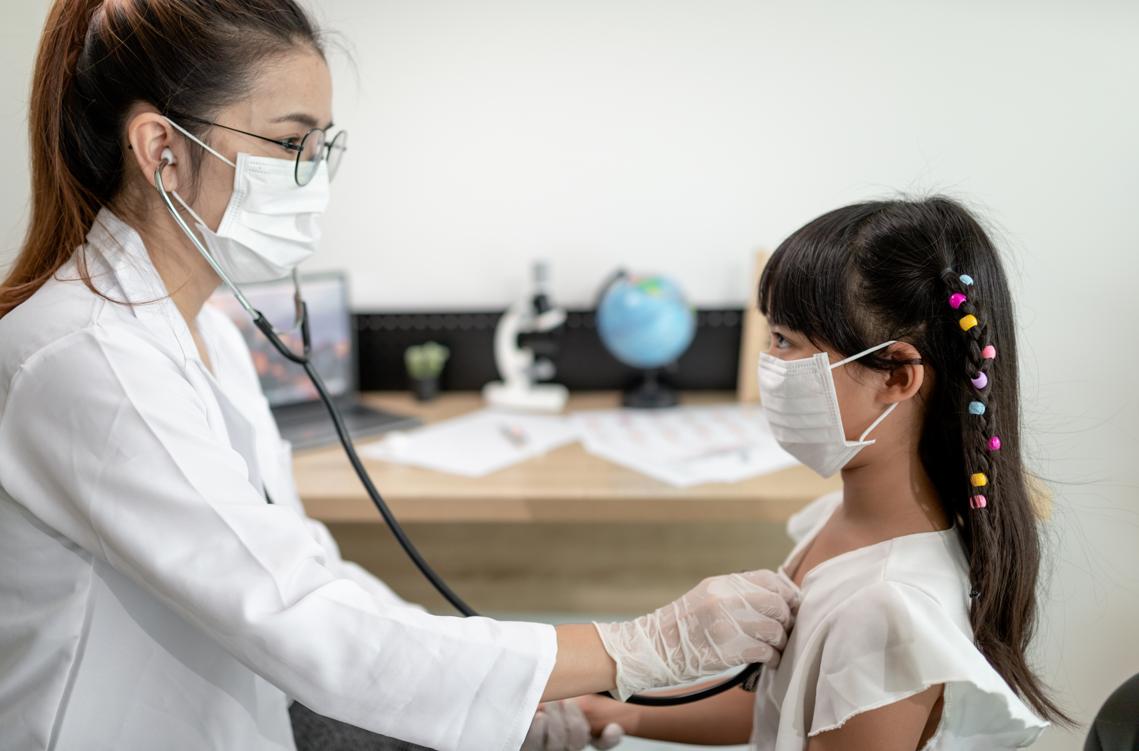
-
RSV 2024: Guarding Our Kids Against the Invisible Threat
posted: Mar. 27, 2024.

-
Essential Newborn Care: A Comprehensive Guide for New Parents
posted: Mar. 21, 2024.

-
Sleep Well, Thrive Well: Nurturing Optimal Sleep Patterns for Children
posted: Mar. 19, 2024.

-
Understanding Childhood Anxiety: Signs, Symptoms, and Coping Mechanisms
posted: Mar. 07, 2024.

-
Fever Frenzy: Understanding Your Child's Temperature From Newborns to Teens
posted: Mar. 05, 2024.

-
Mastering the Autism and Asperger's Diet for Children's Well-being
posted: Mar. 04, 2024.

-
A Healthy Start: Ensuring Complete Vaccinations for Children in Holly Springs
posted: Jan. 17, 2024.
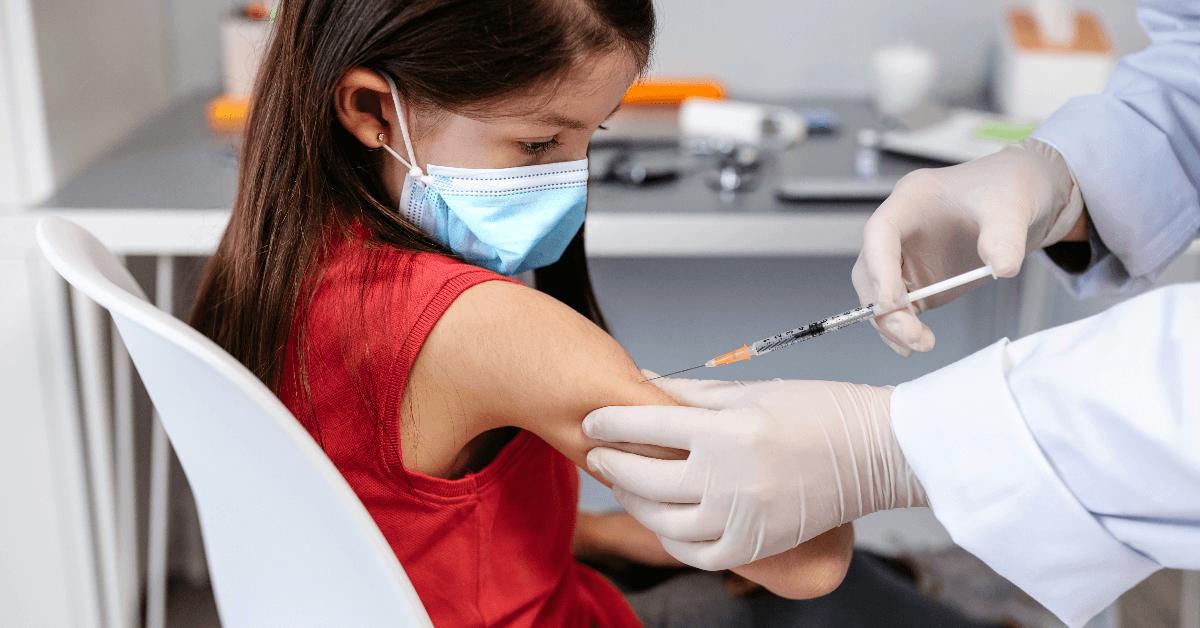
-
Shedding Light on Diabetes in Kids: Understanding the Basics
posted: Jan. 15, 2024.
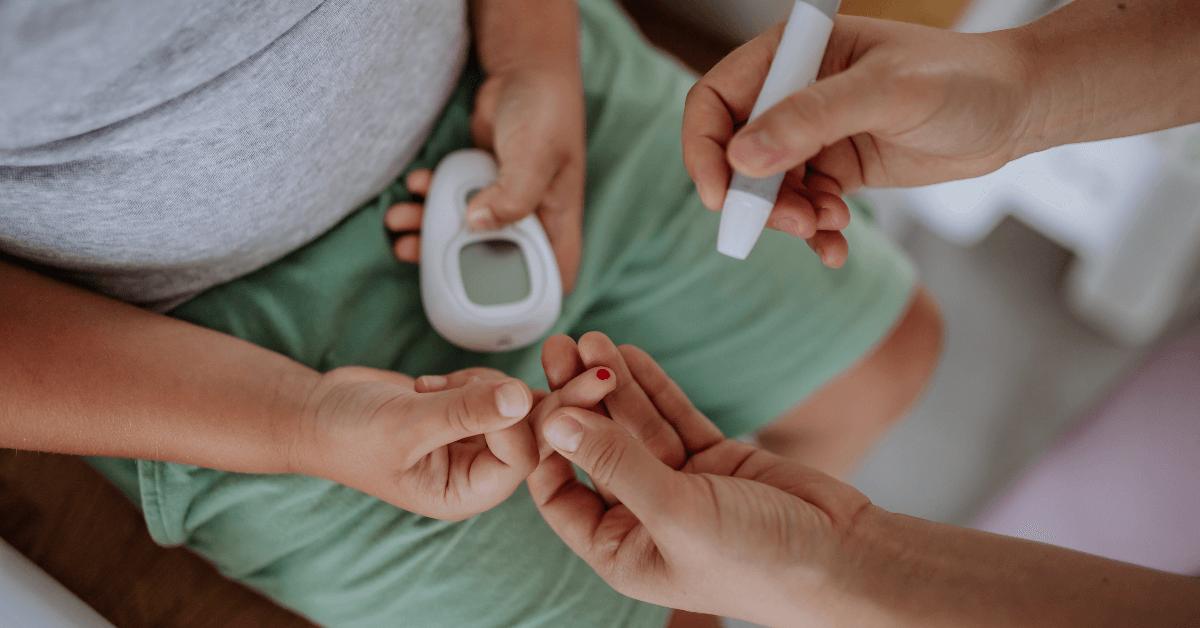
-
Nurturing Healthy Kids: Winter Nutrition Essentials
posted: Jan. 08, 2024.
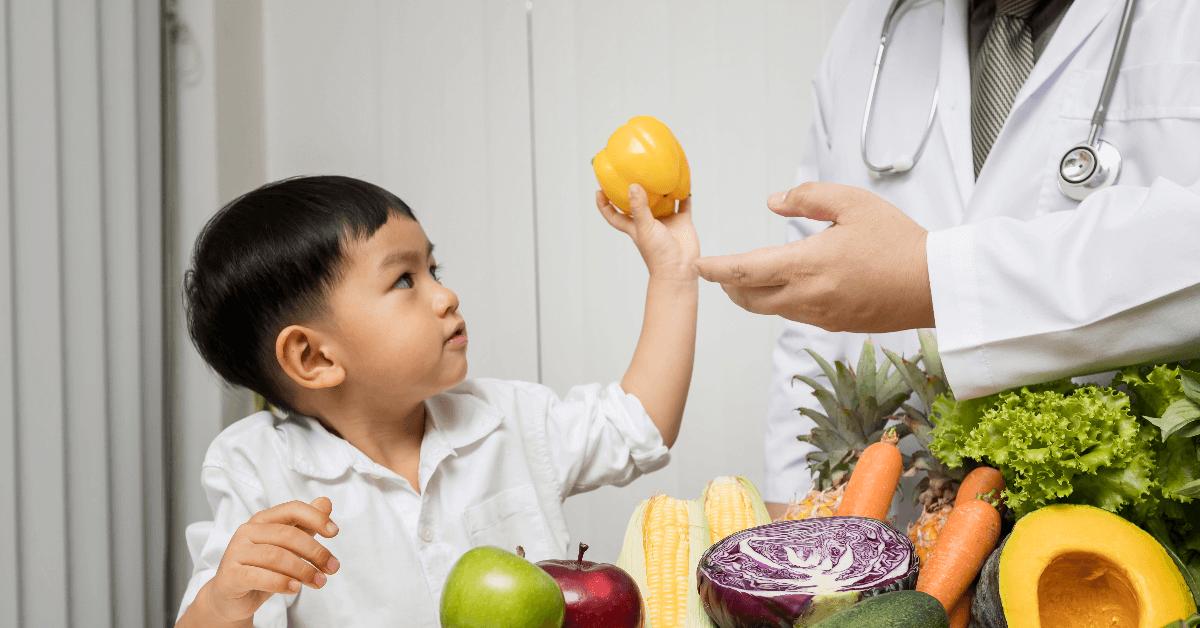
-
Supporting Birth Defect Prevention at Pediatric in Holly Springs
posted: Jan. 01, 2024.

-
Healthy Thanksgiving for Kids: Balancing Festive Delights with Wellness
posted: Nov. 20, 2023.

-
Healthy Thanksgiving for Kids: A Guide from Kids Care Pediatrics
posted: Nov. 13, 2023.
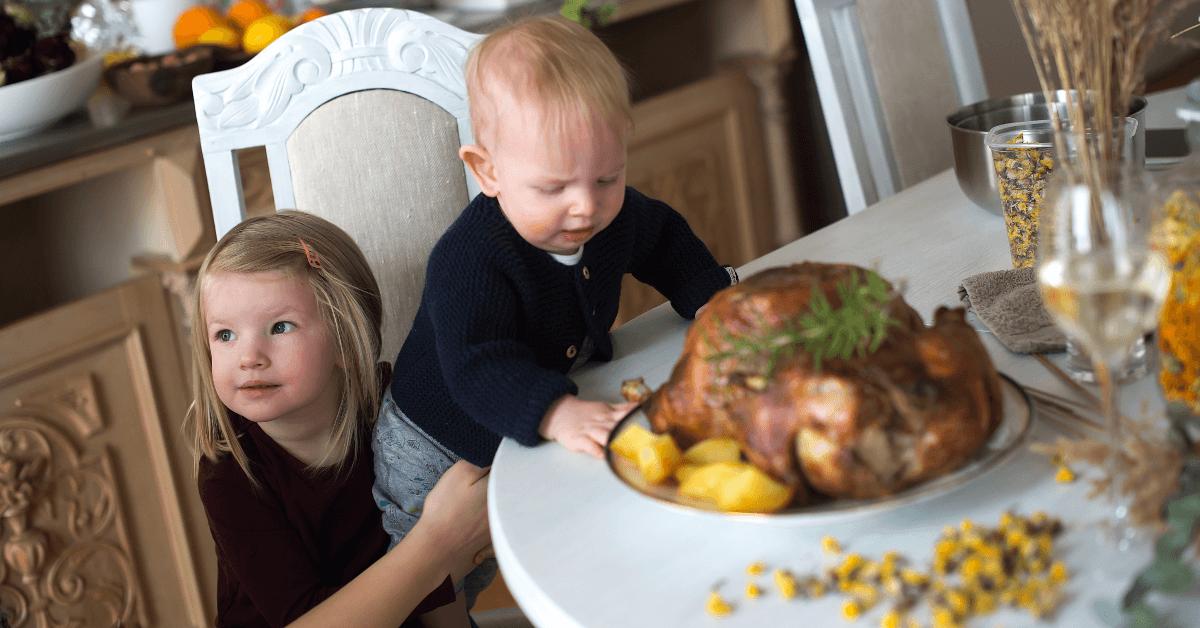
-
Newborn Care 101: Your Guide from Kids Care Pediatrics
posted: Nov. 06, 2023.

-
Parenting a Child with ADHD
posted: Nov. 05, 2023.
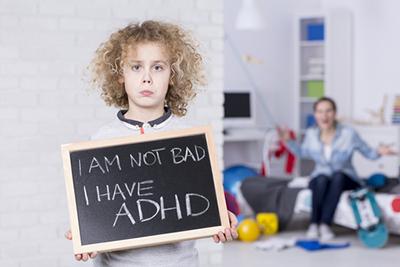
-
Medical Ear Piercing for Children
posted: Nov. 03, 2023.
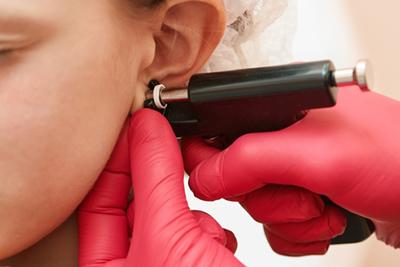
-
Navigating Winter's Challenges with Your Child's Health in Mind
posted: Nov. 01, 2023.

Contact Us
Hours of Operation
Our Regular Schedule
Monday:
8:00 am-5:00 pm
Tuesday:
8:00 am-5:00 pm
Wednesday:
8:00 am-3:00 pm
Thursday:
8:00 am-5:00 pm
Friday:
8:00 am-4:00 pm
Saturday:
9:00 am-1:00 pm (Open 2 Saturdays per month)
Sunday:
Closed


